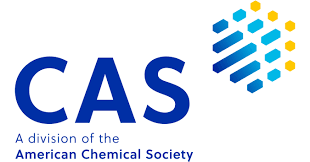Preparation of skin friendly topical gel containing betamethasone dipropionate loaded ethosomes and salicylic acid for the treatment of eczema
Keywords:
Ethosomes, Ionic gelation method, In-vitro, Salicylic acid, PhospholipidsAbstract
Ethosomes, a lipid-based vesicular system, are a cutting-edge method for delivering medicinal drugs transdermally for either local or systemic action. Betamethasone Dipropionate ethosomes were fabricated and then these were incorporated into the final gel containing salicylic acid. Betamethasone is an anti-inflammatory agent and salicylic acid acts as a keratolytic agent. The increased drug entrapment and permeation are caused by the high ethanol content of ethosomes. By changing the proportions of ethanol and lipoid S100 in a cold method, ethosomes were created. The concentration of ethanol utilized ranged from 30 to 40%, whereas the concentration of phospholipids ranged from 3 to 5%. The characteristics of ethosomes made with 40% ethanol and 3% Lipoid S100 were improved. The size, zeta potential, entrapment efficacy, in-vitro release profile, ex-vivo skin permeation study, plus in-vitro stability investigations of the prepared Betamethasone Dipropionate ethosomes were all assessed. With an average size of 220-240nm, entrapment efficiency was 81.42-91.65%%, zeta potential was -12.91 to -14.42, and its in-vitro cumulative drug release over 12 hours was 96%. The drug penetration from the ethosomes gel formulation through the rat skin was two times more than that of the Betamethasone control gel. Ethosomes gel's rheological behaviour was evaluated, and pseudo plastic flow behaviour suggested that the formulation was suitable for topical use. Moreover, the formulations were stable at 8 °C and the ethosomes formulation demonstrated improved drug penetration through the epidermal membrane, improving the medication's bioavailability.
Downloads
Published
How to Cite
Issue
Section
License
Copyright (c) 2024 Aleesha Azhar Khan, Muhammad Naeem Aamir, Safiullah Khan, Kiran Shehzadi

This work is licensed under a Creative Commons Attribution 4.0 International License.









